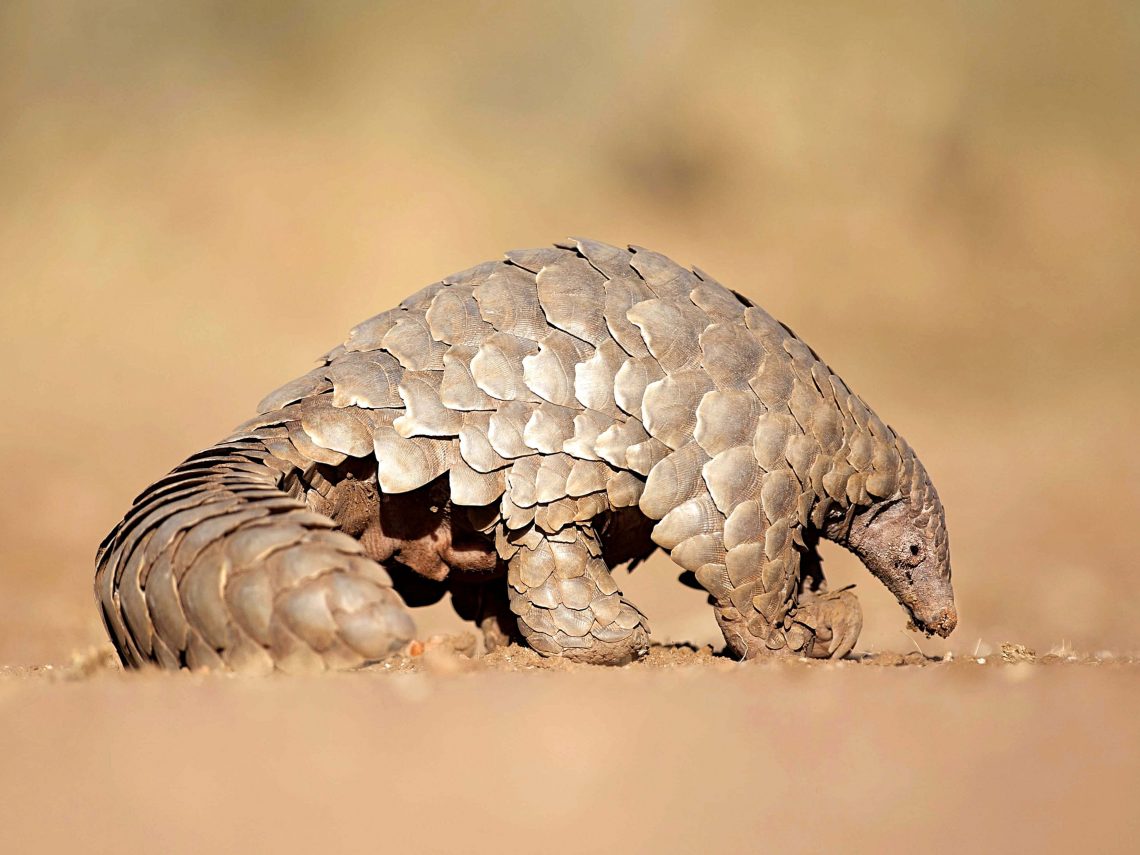
Cute, Funny, Trafficked: Pangolins and the Wildlife Trade
It was my teacher training year. I was teaching one of my first year 12 lessons. Luckily, the topic was conservation-related. It felt like familiar territory, but it was scary none the less… until I pulled out a picture of a pangolin.
Instantly, eighteen teenagers fell in love with this incredible animal.
In recent years it seems like the pangolin has become the poster child for ending the wildlife trade. It also seems like it has become something of an overnight celebrity due to its links to COVID-19. People are waking up to the cruel plight of pangolins and the wildlife trade.
I’ll be taking a look at three animals this month which are involved in wildlife trading. Pangolins seemed the obvious place to start.
Meet the Pangolin
There are eight pangolin species in total spread across Asia and Africa. Two of those are considered to be critically endangered. The remainder are vulnerable at a minimum.
Despite their scaley appearance they are actually mammals, and enjoy a diet ants, aptly earning them the nickname “scaley anteaters”. They curl up into a ball when threatened and those scales become a protective armour.
What is the wildlife trade?
It is important to realise that not all wildlife trade is illegal. Sometimes it is permissible by law.
When is it legal?
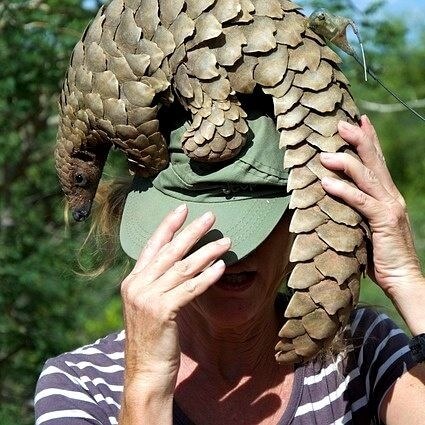
There are tonnes of examples of times when animals are traded legally. Often there are to be kept as pets but also used in food and medicine and materials such as leather.
The ethics of this are still complicated.
Many of us, myself included, are unknowingly complicit in legal wildlife trade through channels like those above. Small rural and indigenous communities have a long history of using animals. Many of these traditions are embedded in their lifestyles.
Then again, people also argue that it isn’t our place to take from the natural world whatever we want. The vegan lifestyle at its strictest is effectively a rejection of this but as a percentage of the population this applies to very few people.
Maybe you think it’s okay, maybe you don’t. Either way it’s unlikely to go away completely and the key is finding the balance. The law aims, however well or poorly you might think it does so, to find this balance, but inevitably, some people choose to ignore this and take what they want to serve their own means, regardless of any legislation.
Then, why do people still do it illegally?
When it’s not legal, it gets dark. This is where we move into talking about poaching and trafficking.
The wildlife trade is thought to be an industry worth anywhere from USD $19-23 worldwide depending on who you ask. It ranks as the fourth most lucrative criminal enterprise in the world. Only drug trafficking, human trafficking and the arms trade are higher. Generally speaking convictions are few and far between by comparison to these other industries.
There is serious money to be made here but the animals almost invariably suffer.
Who decides?
This is where a SUPER important pieces of conservation legislation comes in. You might have heard of CITES, or The Convention on International Trade in Endangered Species of Wild Fauna and Flora to give it it’s full name.
CITES is an international agreement between 179 voluntarily participating nations. It lists the various species which can and cannot be traded for under various conditions for particular purposes.
Species are placed into different three appendices. This depends on how endangered they are considered to be.
We’ll leave the explanation at that for now but if you’re interested and wanting to learn more, this video is a good place to start. If you’re up for some more reading, the CITES website will tell you all you need to know about the various appendices.
What do pangolins and the wildlife trade have to do with one another?
Traditional Chinese Medicine
Pangolins have become synonymous with the wildlife trade for one simple reason- traditional Chinese medicine (TCM for short).
The roots of TCM are thought to be in the third century B.C. It focuses around the use of nature in providing remedies for various ailments.
The stunning scales of the pangolin are purported to cure a whole range of maladies. These range from arthritis to malarial fever to possession by demons. In fact the medical community has found little evidence that it has any medicinal value beyond a placebo effect (although the jury was always out on demon possession I think).
As a result thousands of pangolins are poached from the wild every single year and their numbers in the wild are dwindling fast.
Other animals trafficked for medicinal purposes include tigers (for their bones), rhinos (for their horns), seahorses and sunbears for, unbelievably, the bile secreted by their gall bladders.
Excuse me whilst I go and throw up.
How are pangolins and the wildlife trade linked to Coronavirus?
If you have heard about pangolins in the past few weeks it’ll likely be in relation to the COVID-19 pandemic.
You will, by now, have heard about the wet markets (not to be confused with the term “wildlife market”- see this National Geographic article to find out the difference).
Whilst the term “wet market” technically just refers to a group of stalls selling perishable goods like vegetables or meat, the focus in the media has been on those in China, where the virus is thought to have originated, where live animals are brought in and slaughtered on site.
These animals are often kept in dirty, cramped conditions. Their cages are stacked one on top of the other. This creates the perfect environment for diseases to transmit between animals. This, along with the proliferation and mixing of various bodily fluids, can lead to animal to human transmission.
Pangolins have been suggested to have been a part of that chain of transmission that lead to this new coronavirus being passed to the first human spreaders.
China has now banned the selling of wild animals for food earlier in 2020, but no doubt the illegal trade will persist.
As for the rest of the world, nature has given us a warning, louder and clearer than ever before: if we don’t learn our lessons and start treating our planet and its wildlife with a little more respect, it will bite back. This will not be the last pandemic we see.
Light at the end of the tunnel?
There is perhaps, at last, some glimmer of hope from these creatures.
Pangolins were promoted to CITES appendix 1 in 2016. This affords them the highest level of legal protection and banning all trade of these animals in participating states.
However, this doesn’t override existing national laws and a loophole in Chinese law, until just a few weeks ago, still allowed trade for medicinal purposes and lead to the trafficking of between 150 and 200 thousand individuals last year alone.
Their connection to COVID has finally shone a spotlight on the issue and in June 2020, China finally removed pangolin scales from the official list of ingredients approved for use in TCM.
The problem hasn’t gone away but it’s a huge step in the right direction. It’s the job of concerned citizens like ourselves to keep the conversation going so that more continues to be done to save these charismatic creatures.
Hopefully we will see an end to the relationship between pangolins and the wildlife trade.
One Wild Thing
This week’s One Wild Thing that you can do to help is to sign this petition from World Animal Protection. It asks the UK government to enforce a ban on the Wildlife Trade in the UK. Then follow them on Instagram, Twitter and Facebook.
If you are visiting after the petition has closed, you are from outside the UK or you are under 18 you could consider adopting a pangolin from Born Free (maybe ask for an adoption as a Christmas present if you don’t have a credit card).
Tagged pangolin photo from Alex Strachan at REST Namibia.



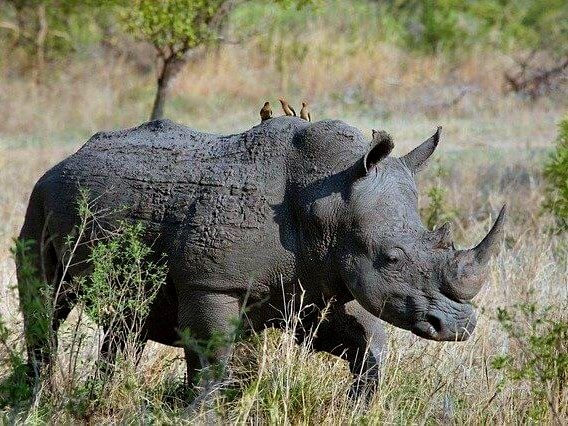
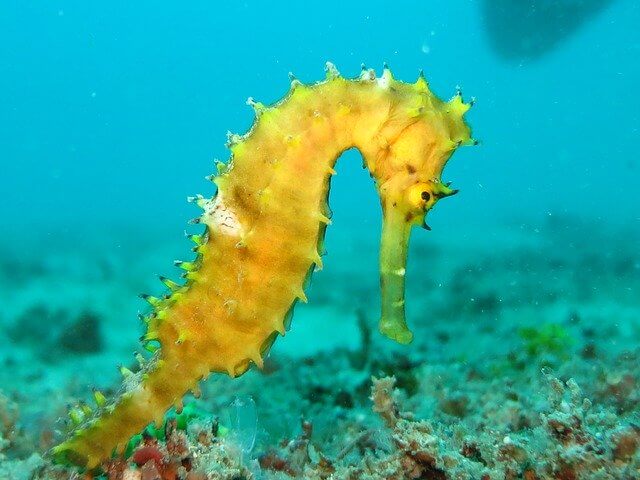
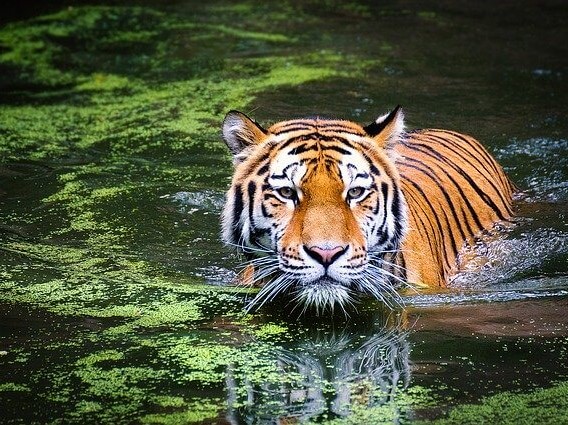
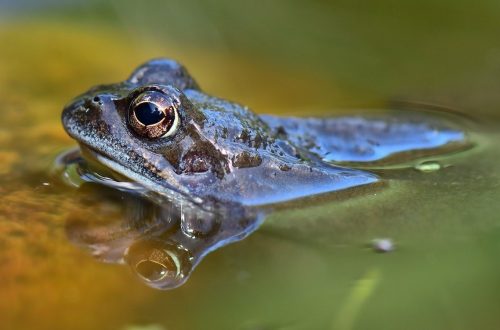
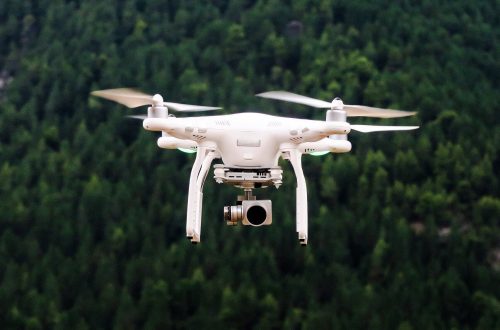

4 Comments
Pingback:
Pingback:
Pingback:
Pingback: